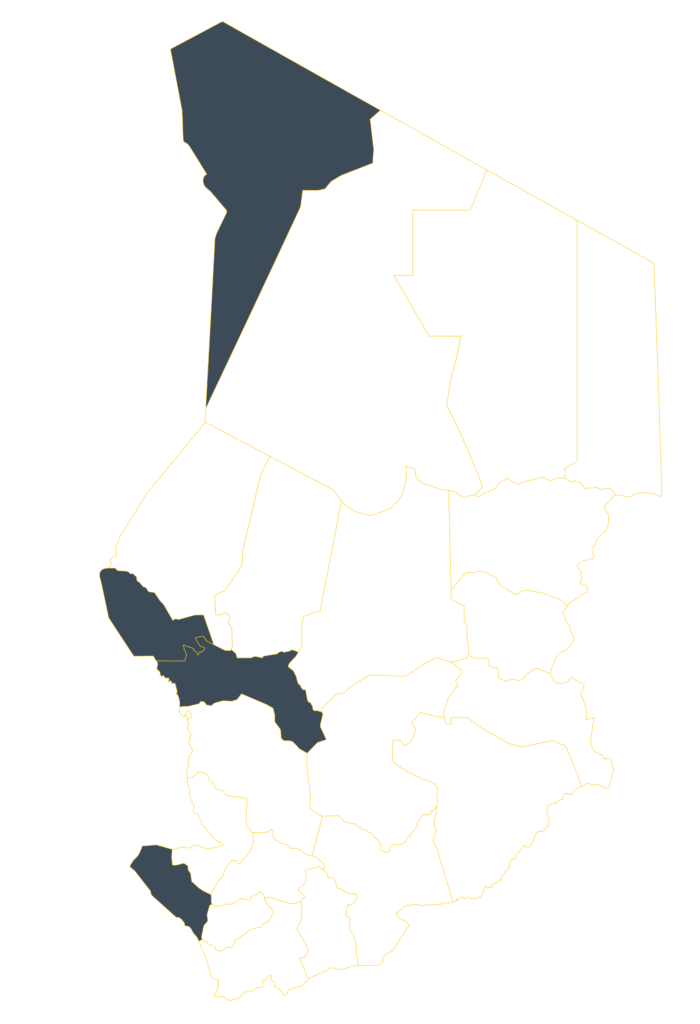CHAD
BACKGROUND AND CONTEXT
The threat of terrorism and violent extremism have worsened in recent decades, become increasingly pronounced in the Central Sahel region of Burkina Faso, Chad, Mali, Mauritania and Niger. Boko Haram and Islamic State West Africa Province (ISWAP) activity in the Lake Chad region, as well as conflict dynamics in neighbouring countries, make Chad vulnerable to regional instabilities.
Key drivers of violent extremism include high levels of youth unemployment, recurring farmer-herder conflicts, and persistent governance-related grievances. Terrorist and violent extremist groups exploit these vulnerabilities by promoting narratives of injustice and offering protection in exchange for loyalty, thereby further destabilising already fragile communities. GCERF began investing in the country in 2024 and till date USD 2.06 million has been invested to address these drivers of violent extremism.
OUR INVESTMENT STRATEGY IN CHAD
GCERF’s investment strategy outlines a comprehensive approach to address the drivers of violent extremism and guides civil society organisations in designing their programmes.
GCERF funds programmes that:
Reduce ethnic and cultural grievances, vulnerabilities that can be exploited by violent extremist groups
Provide youth with economic and livelihood opportunities to strengthen their resilience against recruitment by violent extremist groups
Strengthen the capacity of community members to participate in local decision-making processes, promote inclusive governance, reduce marginalisation, and ensure community resilience and stability
KEY FIGURES
(cumulative from 2024 to March 2025)
AREAS WHERE WE WORK
Lake Chad Region (Bagasola, Bol, Doum-doum, Fouli, Kaya, Kouloudia, Liwa, Mamdi, Ngouri, Wayi), Tibesti (Bardai, Zouar, Wour), Hadjer Lamis, Mayo-Kebbi Ouest

Newsletter

Sustainable Development Goals

Peace, Justice & Strong Institution
No Poverty

Quality Education

Gender Equality

Decent Work & Economic Growth

Reduced Inequalities

